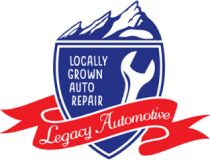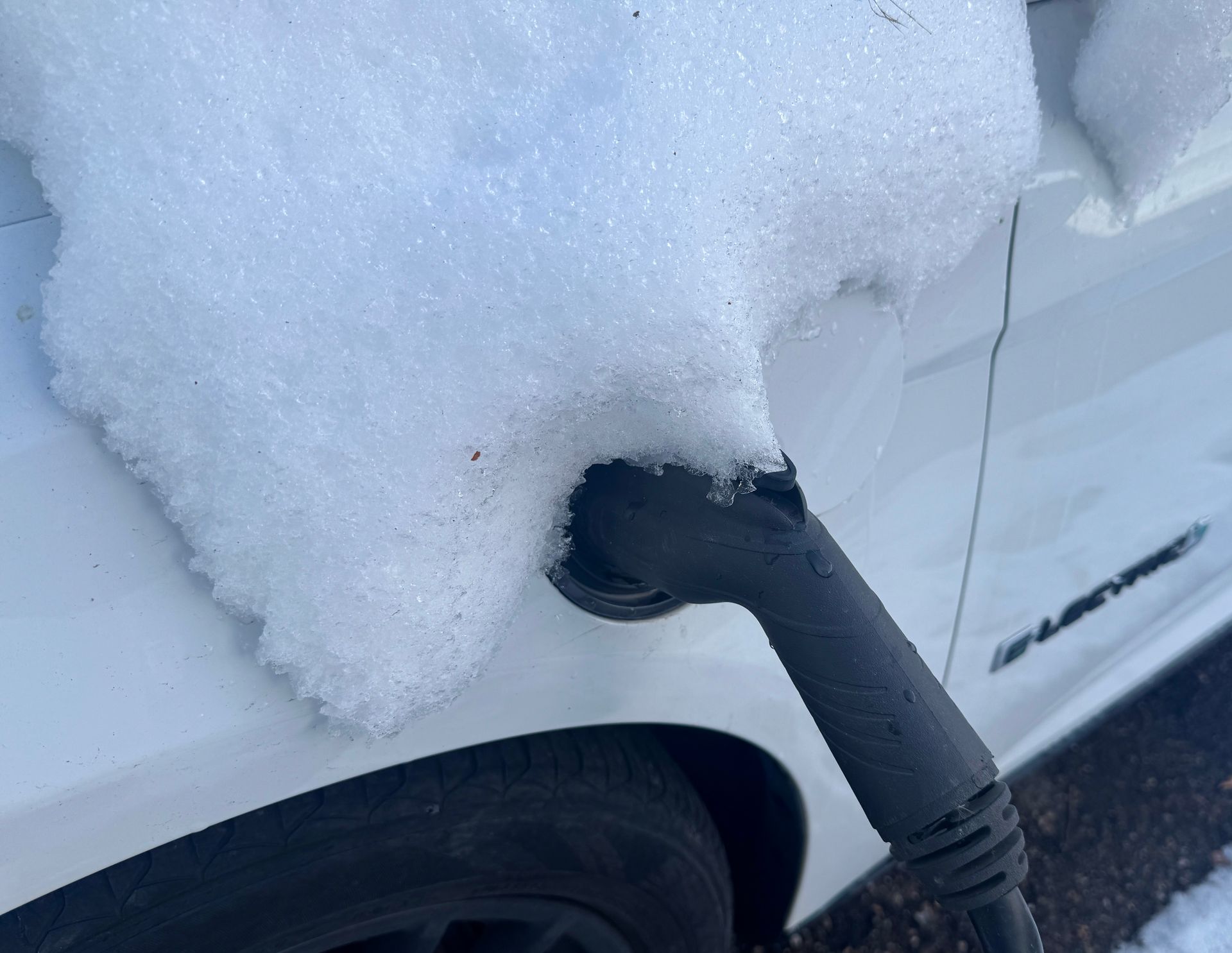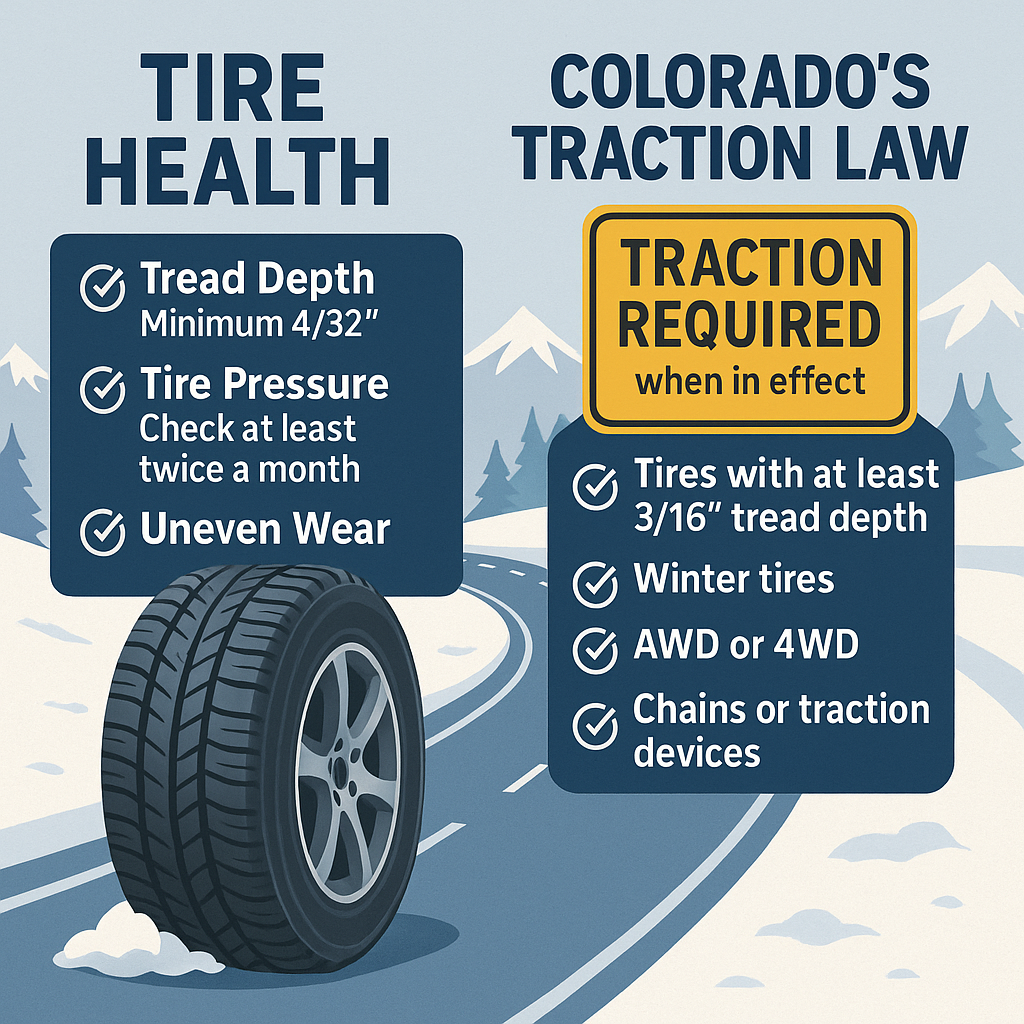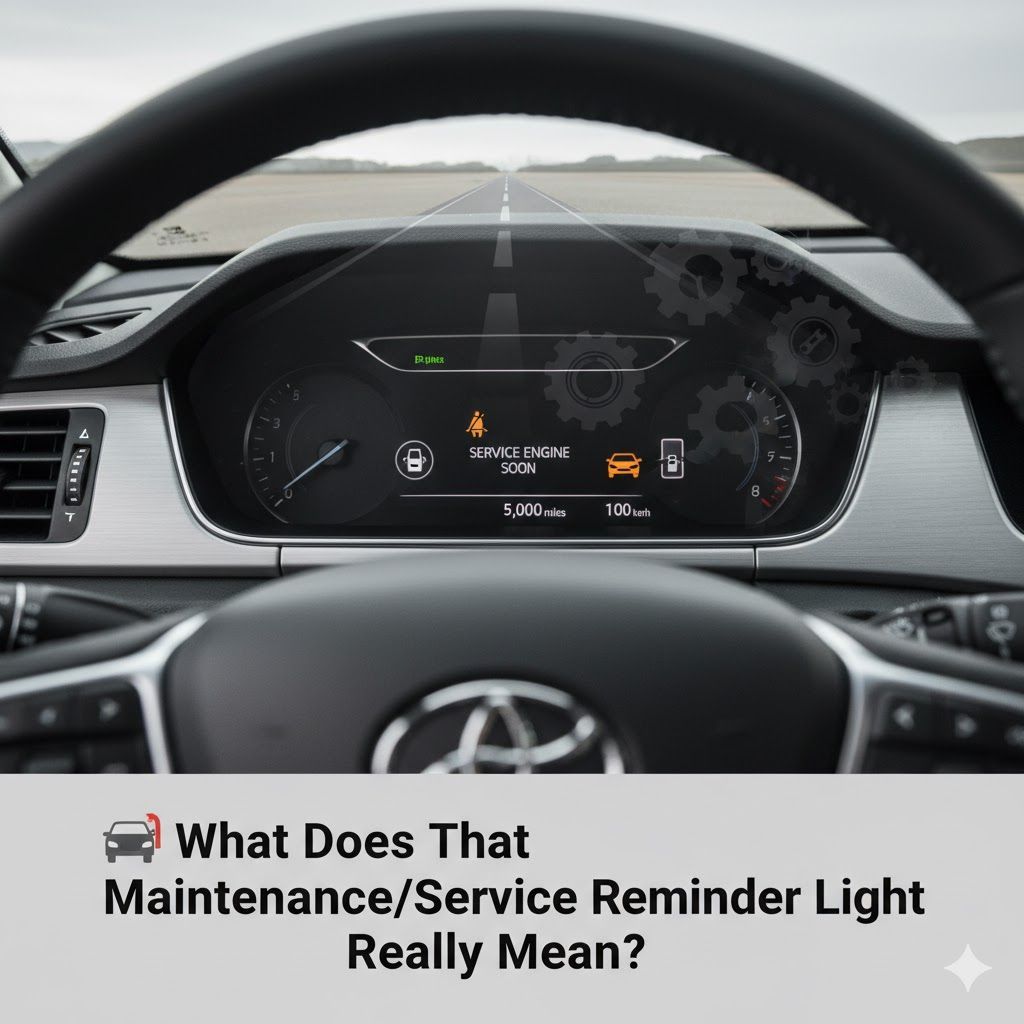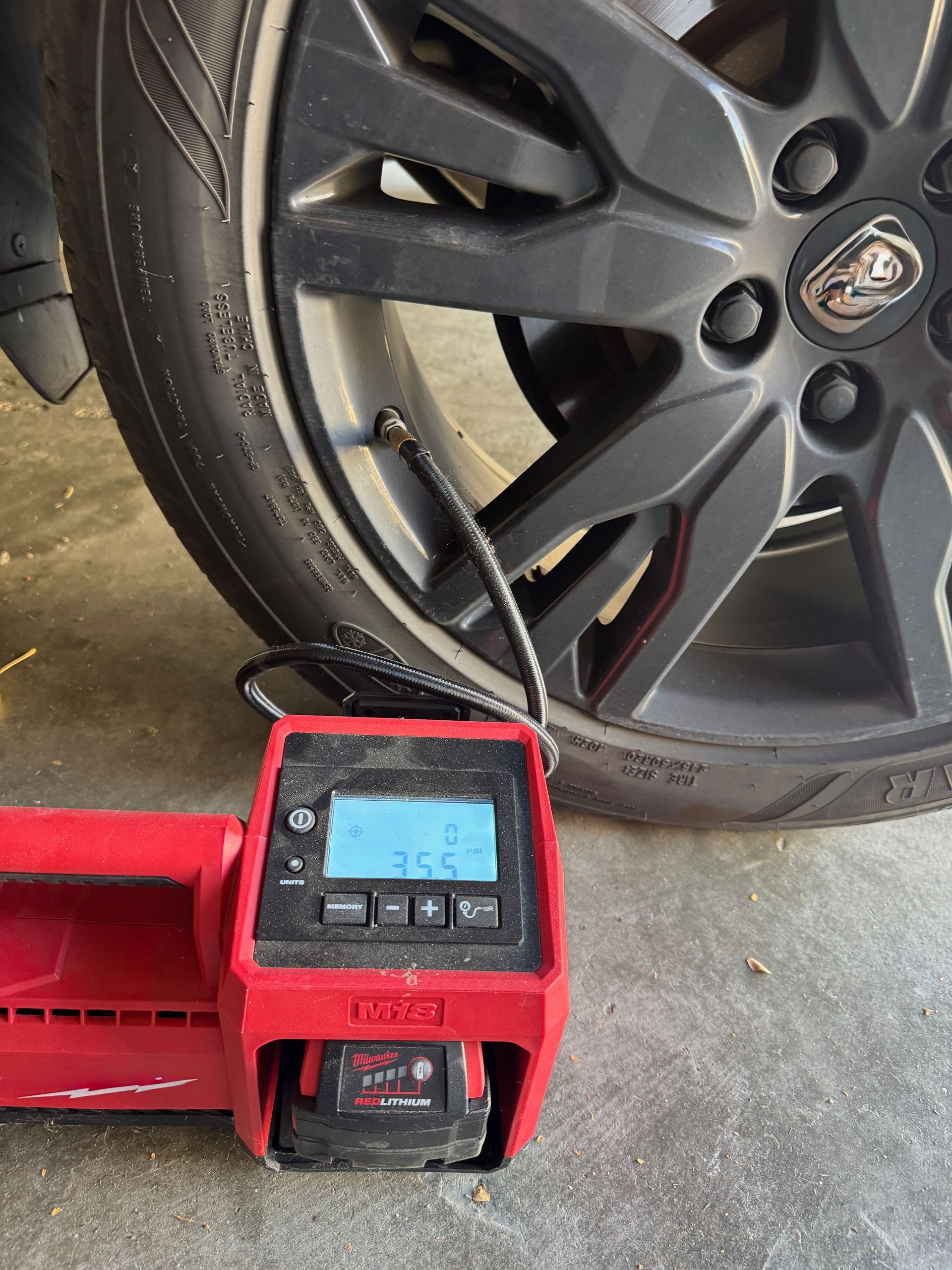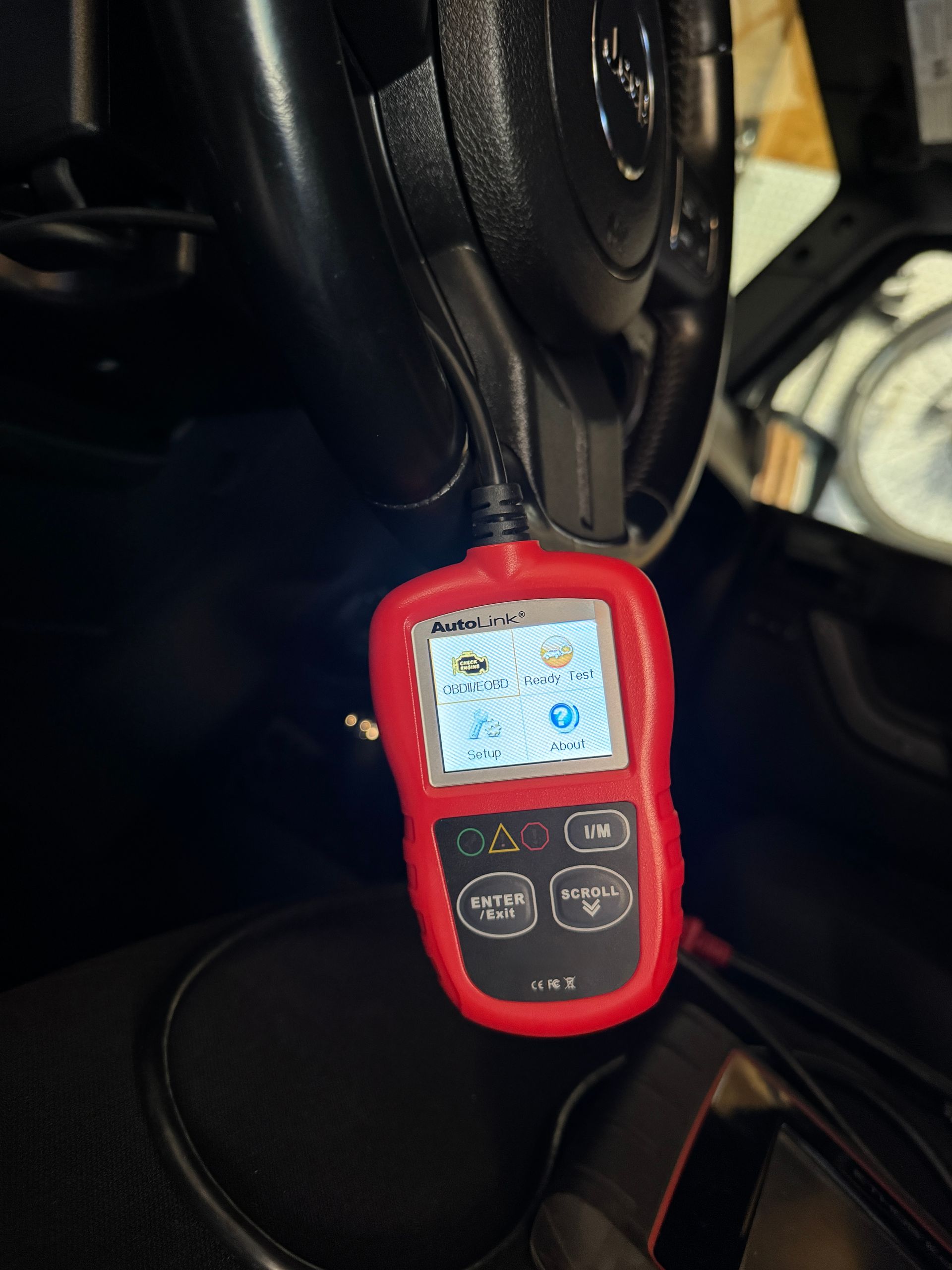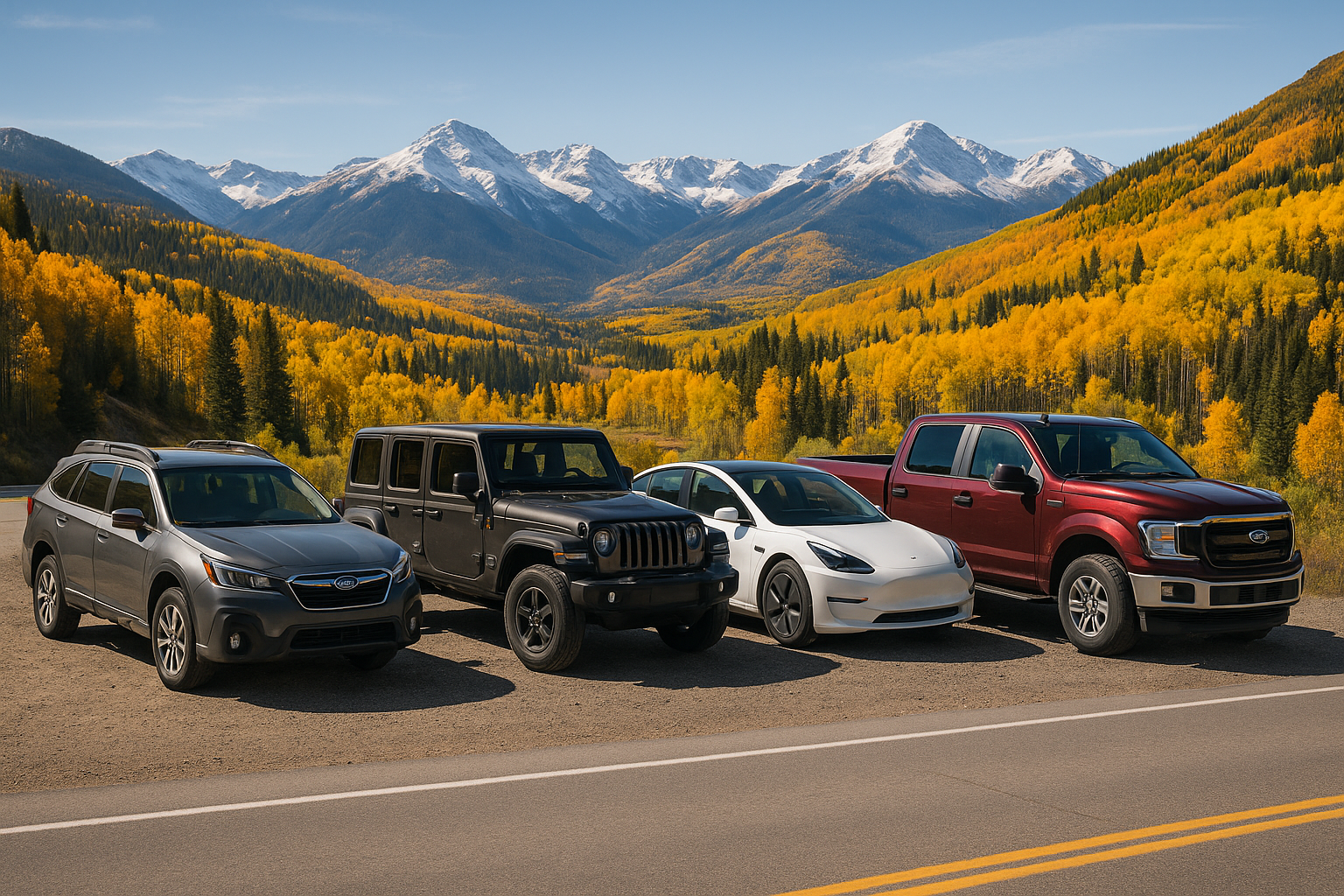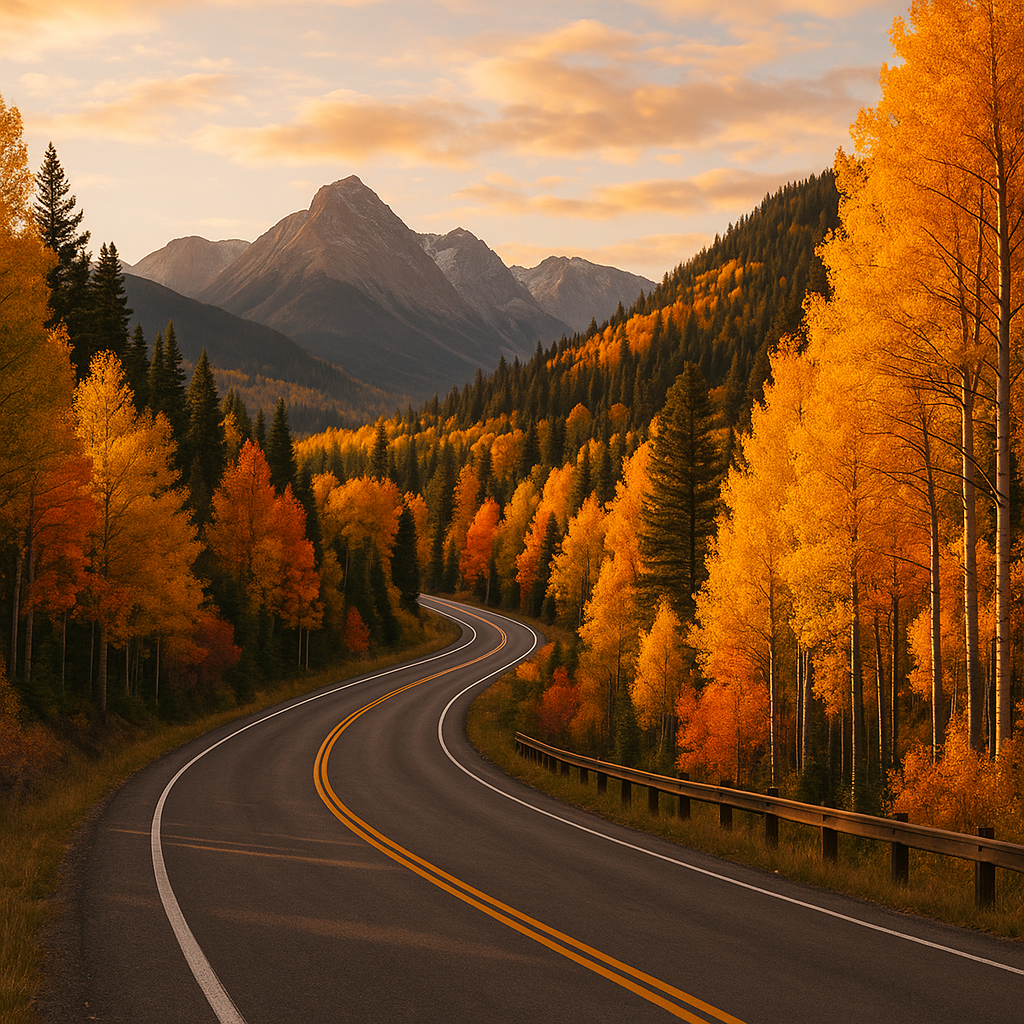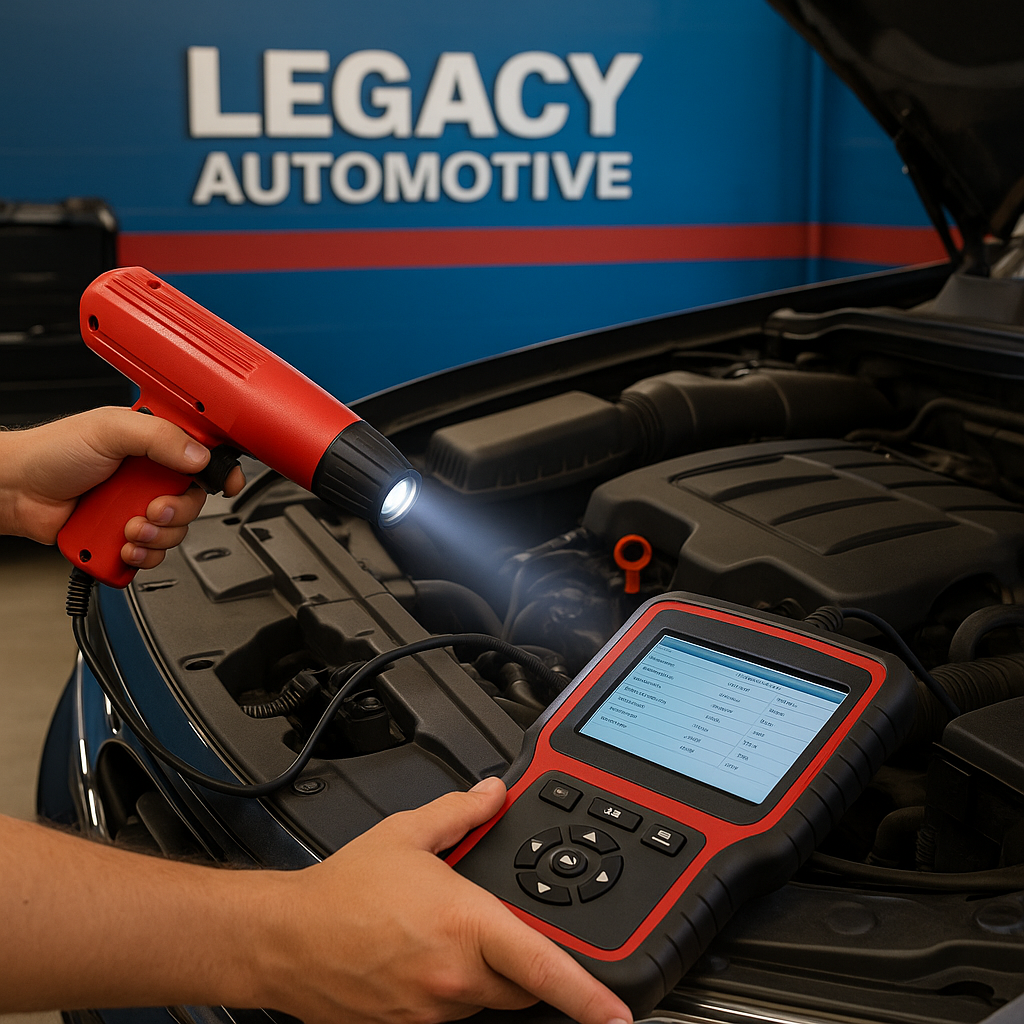Bad Gas in Colorado: What It Is and How to Avoid It
Bad Gas in Colorado: What It Is and How to Avoid It
We’ve all been there—you fill up at a gas station, get back on the road, and within a few miles your car starts running rough. Maybe it sputters at a stoplight, maybe your check engine light comes on, or maybe it just doesn’t have the same pep it usually does. Nine times out of ten, the culprit is bad fuel—what we call “bad gas.”
So, what’s bad gas?
“Bad gas” isn’t just one thing—it’s a catch-all for gasoline that’s either contaminated, old, or mixed wrong.
Here are the most common reasons:
- Water got in the tank (from condensation, rain leaks, or poor station maintenance).
- Sediment and dirt at the bottom of the station’s tank got pumped into your car.
- Old gas that sat too long before being sold.
- Wrong blend of fuel—in Colorado, we switch between summer and winter gas, and if a station messes that up, your car feels it.
Signs you might have filled up with bad gas
- Rough idling (your car shakes when stopped).
- Hesitation when you press the gas.
- Stalling right after starting.
- Worse gas mileage than usual.
- That lovely check engine light.
Why this happens more in Colorado
Colorado isn’t just high altitude—it’s also got big swings in weather. That means:
- Ethanol blends (E10) are common, and ethanol loves to pull in water.
- Freeze-thaw cycles can cause condensation and water buildup.
- Altitude fuel blends are different from sea level, so stations need to stay on top of seasonal switches.
What to do if you get bad gas
- Don’t keep driving if it runs really rough. You could cause bigger problems.
- Save your receipt. It’s your proof if you need to file a complaint.
- Report it. In Colorado, you can contact the Department of Agriculture (they test fuel quality).
- Get it checked. A shop can test, drain, and replace the fuel if needed.
- Stick to busy, reputable gas stations. The more turnover they have, the fresher the gas.
Pro tips to avoid bad gas
- Skip filling up right after the tanker truck delivers fuel—sediment gets stirred up.
- In winter, don’t let your tank run too low (less air = less condensation).
- If your car says “premium required,” don’t cheap out—altitude doesn’t change that.
- Once in a while, run a fuel system cleaner, especially if you always use E10.
👉 Bottom line: Bad gas happens, but you can minimize the risk. If your car starts acting up right after a fill-up, don’t ignore it—deal with it before it turns into a bigger (and more expensive) repair.
